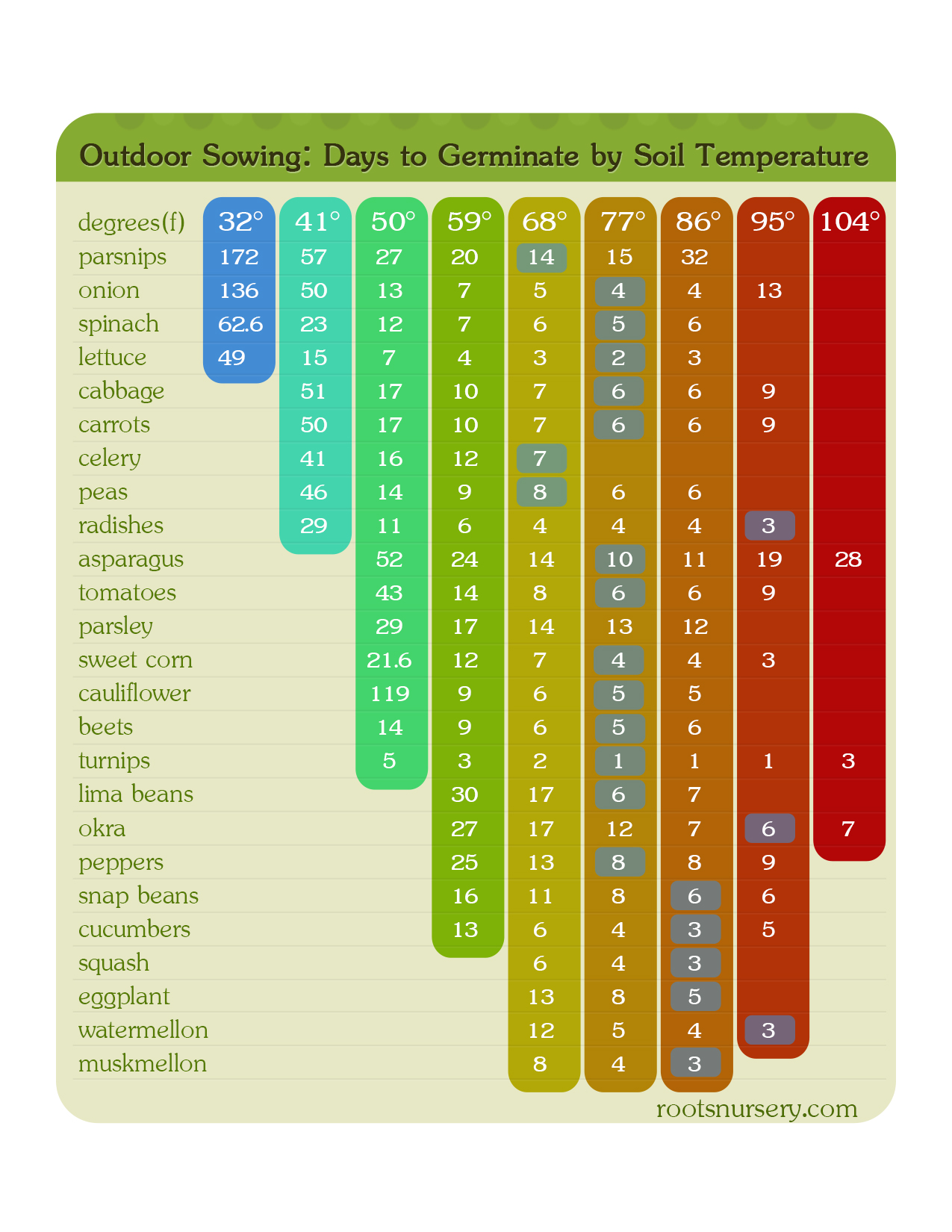The Cultivated Seed: Timing Your Indoor Vegetable Garden
There's a particular quiet anticipation that accompanies the ritual of starting seeds indoors. It's a subtle dance between nature's timeline and the gardener's hand, a practice steeped in tradition and renewed each season. It's about nurturing potential, coaxing life from tiny dormant vessels, and laying the groundwork for a bountiful harvest.
Determining the ideal time to begin this process is paramount. Sowing seeds too early can result in leggy, weak seedlings, while starting too late might mean a delayed harvest or even plants that don't reach maturity. This delicate balance hinges on understanding your local climate, the specific needs of each vegetable variety, and the conditions you can provide indoors.
Historically, starting seeds indoors was essential for gardeners in colder climates with shorter growing seasons. This practice allowed them to extend the growing season and cultivate a wider variety of vegetables. Today, indoor seed starting remains a valuable technique for maximizing yields, controlling growing conditions, and ensuring strong, healthy plants.
A critical aspect of indoor seed starting is understanding the concept of "days to maturity," the estimated time it takes for a plant to reach harvest. This information is usually found on seed packets and is crucial for calculating your ideal sowing date. By working backward from your last expected frost date and factoring in the days to maturity, you can determine when to sow your seeds indoors.
Consider tomatoes, a garden staple. If your tomato variety has a days-to-maturity of 70 days and your last frost date is typically May 15th, you should start your tomato seeds indoors approximately 10 weeks prior, around the beginning of March. This provides ample time for the seedlings to develop strong root systems and robust foliage before being transplanted outdoors.
One of the primary benefits of starting seeds indoors is the ability to create a controlled environment. You can regulate temperature, humidity, and light exposure, providing optimal conditions for germination and seedling growth. This level of control helps protect young plants from harsh weather, pests, and diseases.
Indoor seed starting also allows you to get a jump start on the growing season. By starting seeds indoors, you can have thriving seedlings ready to transplant outdoors as soon as weather permits, maximizing your growing time and potentially leading to an earlier harvest.
Furthermore, starting seeds indoors can be more cost-effective than buying established seedlings. Seeds are generally less expensive than transplants, and you can choose from a wider variety of heirloom and specialty vegetables.
To start seeds successfully indoors, gather your supplies: seed starting mix, containers, grow lights, and a heat mat (optional). Fill your containers with moist seed starting mix, sow the seeds at the recommended depth, and gently cover them. Provide adequate light, warmth, and consistent moisture until the seedlings emerge and develop true leaves.
Advantages and Disadvantages of Starting Seeds Indoors
| Advantages | Disadvantages |
|---|---|
| Extended growing season | Requires time and effort |
| Cost-effective | Requires space and equipment |
| Greater variety of plants | Risk of damping-off disease |
Best practices include using clean containers, sterilizing seed starting mix, providing adequate light and ventilation, and hardening off seedlings before transplanting.
Frequently Asked Questions:
1. When should I start pepper seeds indoors? Generally, 6-8 weeks before the last expected frost.
2. What type of light is best for seedlings? Full-spectrum LED grow lights are highly effective.
3. How often should I water seedlings? Keep the seed starting mix consistently moist but not soggy.
4. What is "hardening off"? Gradually acclimating seedlings to outdoor conditions.
5. When should I transplant seedlings outdoors? After the last frost and when soil temperatures are warm enough.
6. What are some common problems with indoor seed starting? Leggy seedlings, damping-off, and inadequate light.
7. How can I prevent damping-off? Use sterile seed starting mix, provide good air circulation, and avoid overwatering.
8. Where can I learn more about starting seeds indoors? Consult your local agricultural extension office, gardening books, and online resources.
Tips and Tricks: Use bottom watering to prevent disturbing delicate seedlings. Create humidity by covering seed trays with a clear plastic dome. Label your containers clearly to avoid confusion. Regularly inspect seedlings for signs of pests or diseases.
The journey of nurturing a seed from its dormant state to a thriving plant is a rewarding experience. By understanding the nuances of timing, environment, and plant-specific needs, you can harness the power of indoor seed starting to cultivate a vibrant and productive garden. The ability to control the early stages of a plant's life allows you to influence its development and maximize its potential, ultimately resulting in a more fruitful harvest and a deeper connection to the natural world. Taking the time to carefully plan and execute your indoor seed starting strategy will not only increase your chances of gardening success but also enhance the overall enjoyment and satisfaction derived from tending your own homegrown vegetables. This practice empowers you to shape your garden’s destiny, one carefully sown seed at a time.

Printable Zone 6 Planting Schedule | Kennecott Land

Garden Planting Guide Zone 8 | Kennecott Land

Printable Seed Germination Chart | Kennecott Land

when should you start vegetable seeds inside | Kennecott Land

Vegetable Planting Calendar Missouri | Kennecott Land

Best Time To Plant Veggie Garden at Devin Medley blog | Kennecott Land

When to Start Seeds Indoors | Kennecott Land

What Vegetables To Plant In Summer In Brisbane at Marilyn Medellin blog | Kennecott Land

What To Plant When Chart | Kennecott Land

What Seedlings Can You Start In February Planting Guide | Kennecott Land

Vegetable Planting Chart for Zone 7 | Kennecott Land

When Should I Plant My Seeds For My Garden at Lillian Petersen blog | Kennecott Land

when should you start vegetable seeds inside | Kennecott Land

When to Plant Vegetable Seeds | Kennecott Land

When Should You Start Vegetable Seeds Indoors | Kennecott Land